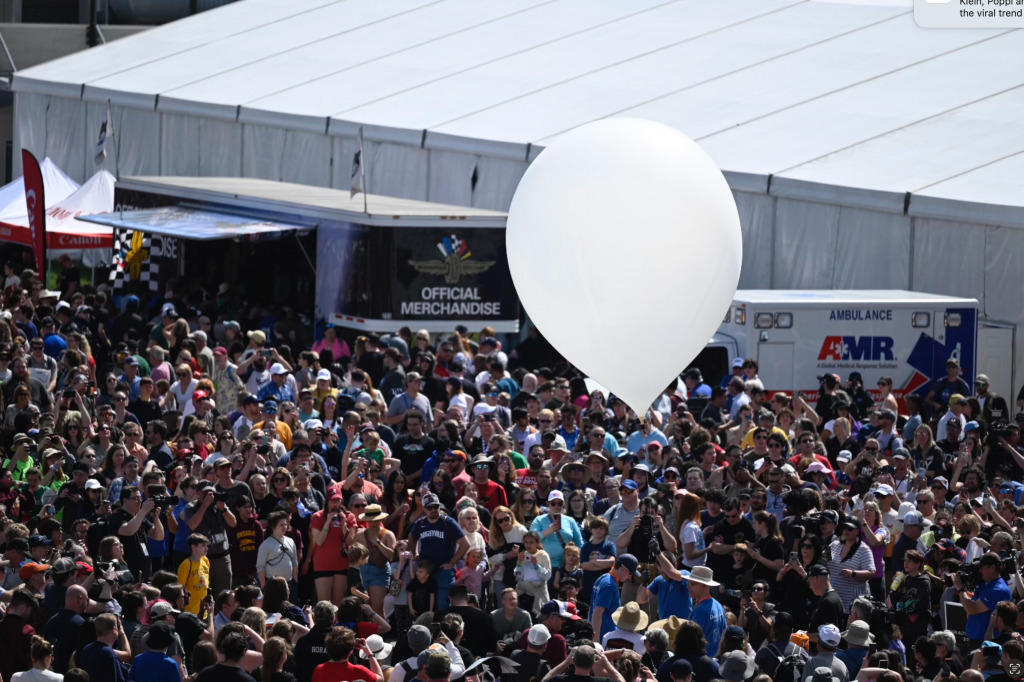Subscriber Benefit
As a subscriber you can listen to articles at work, in the car, or while you work out. Subscribe NowA NASA official on Monday said the agency is eager to capitalize on its relationship with Indianapolis Motor Speedway during the total solar eclipse to gather more data about the star closest to Earth.
As one of three official NASA viewing sites—and what is believed to be the largest gathering of its kind for this year’s astronomical event, with more than 50,000 attendees—IMS is expected to be an epicenter for “citizen science” during the eclipse’s totality starting at 3:06 p.m.
NASA has partnered with Purdue University and the IMS to conduct research of the sun in Indianapolis during the event, in addition to its plans for elsewhere in the United States.
Pam Melroy, deputy administrator for NASA, said when the moon blocks the sun entirely for a brief period, it better allows scientists to study the sun’s corona, which is its atmosphere. The corona is where solar winds, which can have major impacts on Earth, are generated.
The data, she said, will help scientists “understand the shape of the sun,” which is not a perfect circle, to within a few kilometers, while also using kites, balloons and even a trio of sounding rockets—unmanned devices intended to gather data—that will be launched from Virginia into the ionosphere to study the eclipse and how the sun affects the Earth and the countless radio and satellite transmissions that occur daily.
“It’s so important, because our GPS signals and our radio signals pass through that part of the atmosphere,” she said.
But the agency’s plans extend beyond that, to incorporate another program through which it will essentially crowdsource pictures and videos of the eclipse to gather data from thousands of contributors.
She said NASA expects contributors for both programs to be on-site at IMS, which was selected alongside Cleveland and a Dallas suburb as official NASA viewing sites (many eclipse events throughout Texas have been canceled due to severe weather concerns).
“We’ll be using professional scientists to study [the eclipse], but we’re really focusing also on citizen science,” she said “We have a program where some people have been trained to use solar telescopes all around the country. … “So we’ll be doing professional and citizen science with thousands of students [and scientists] across America.”
NASA officials did share specific information on their research plans, including how many professional scientists and trained observers are expected on-site at IMS.
Doug Boles, president of IMS, said the partnership with NASA represents an important milestone for the historic track, which has long been viewed as a haven for other types of scientific research, particularly in the automotive industry.
“I really do think this is what the Speedway was designed for, to test the new technology of the day,” he said. “Back in 1909 [track founder] Carl Fisher didn’t know that space would be that new technology, so to be able to do this with NASA with Purdue, I think continues to fulfill that vision he had. I’m pretty proud of the fact that we’re doing this here and then doing it in a way where we’re connecting people, families, kids, fans and otherwise getting to come here.”
Please enable JavaScript to view this content.

